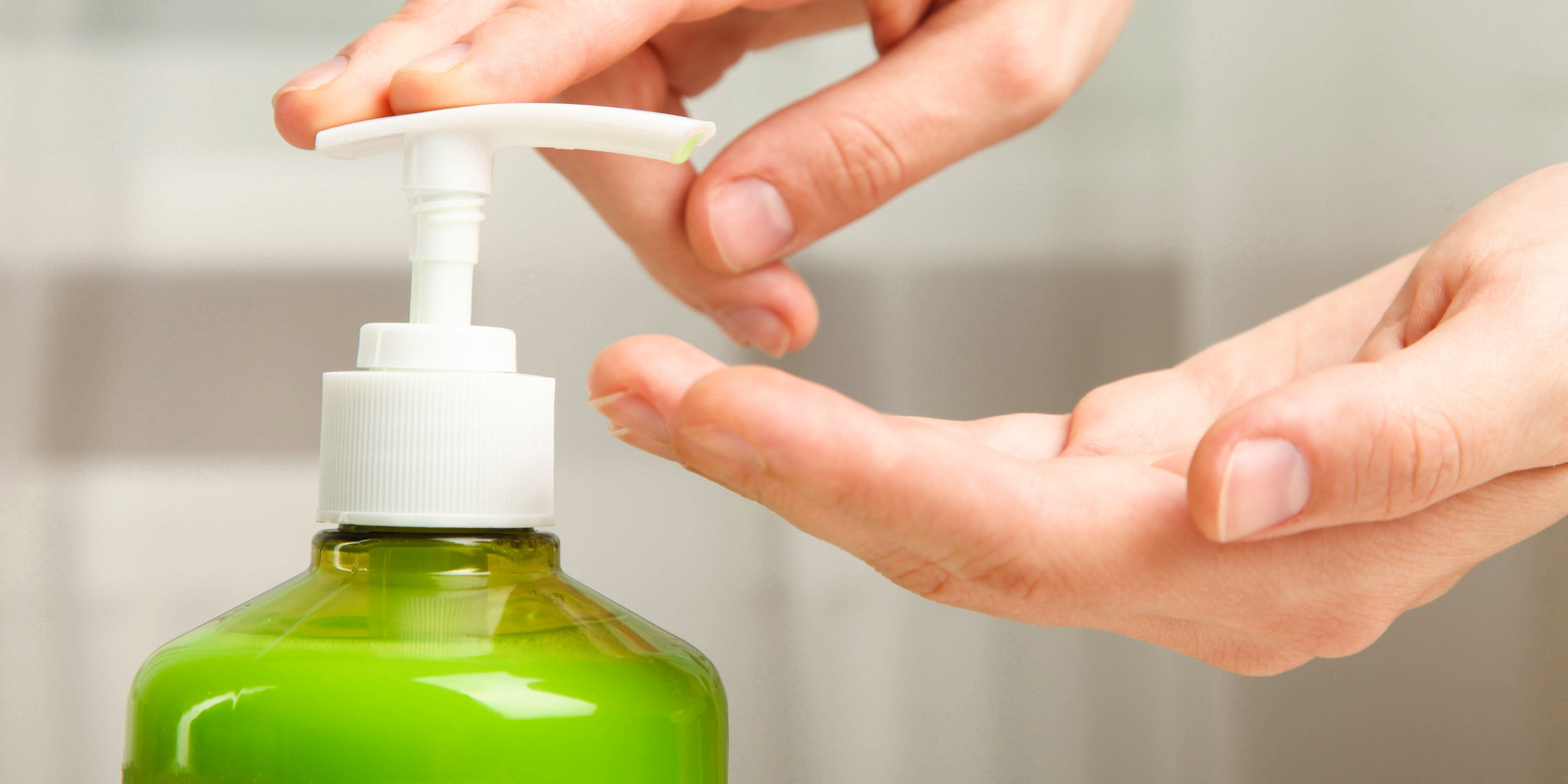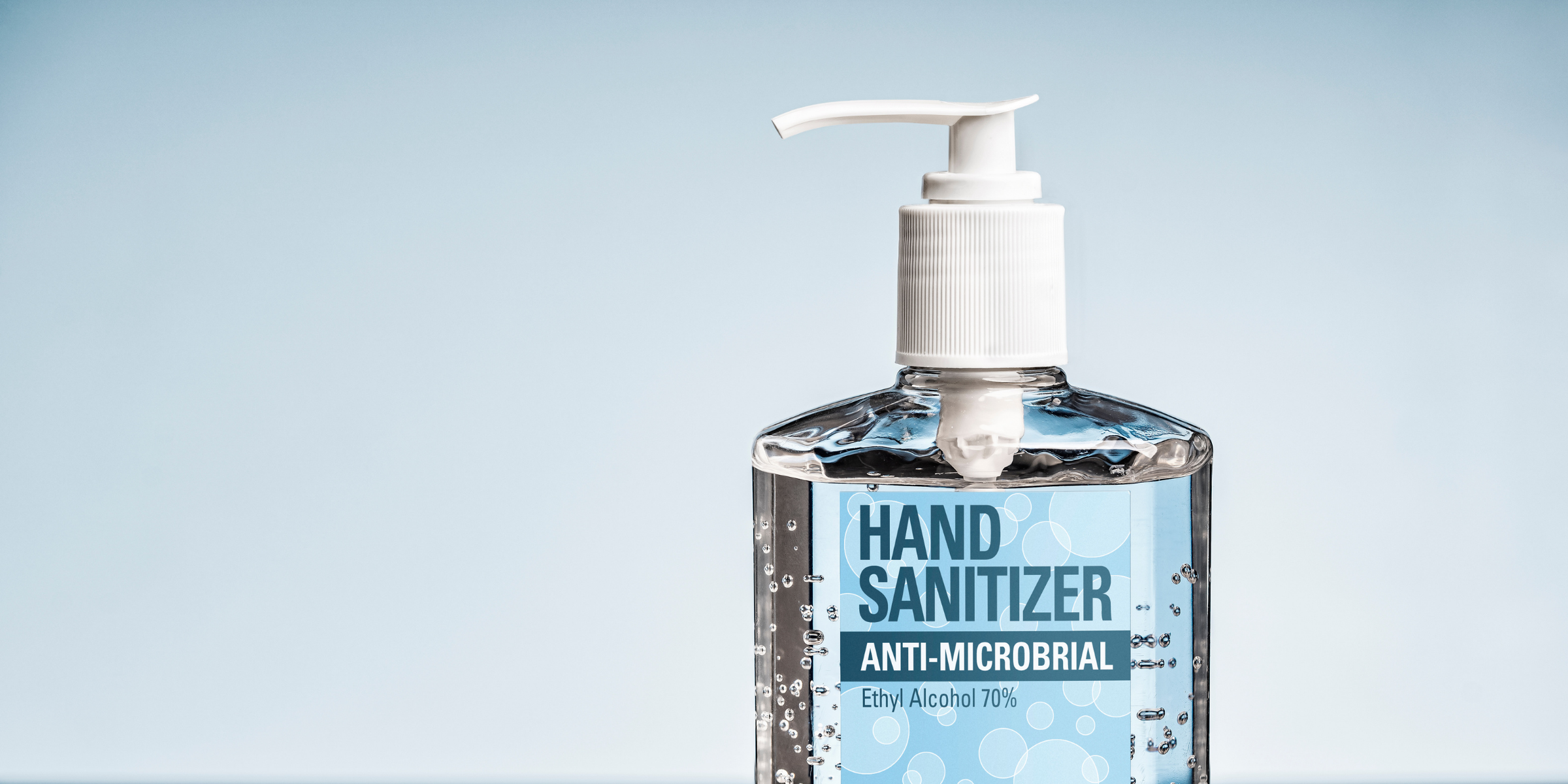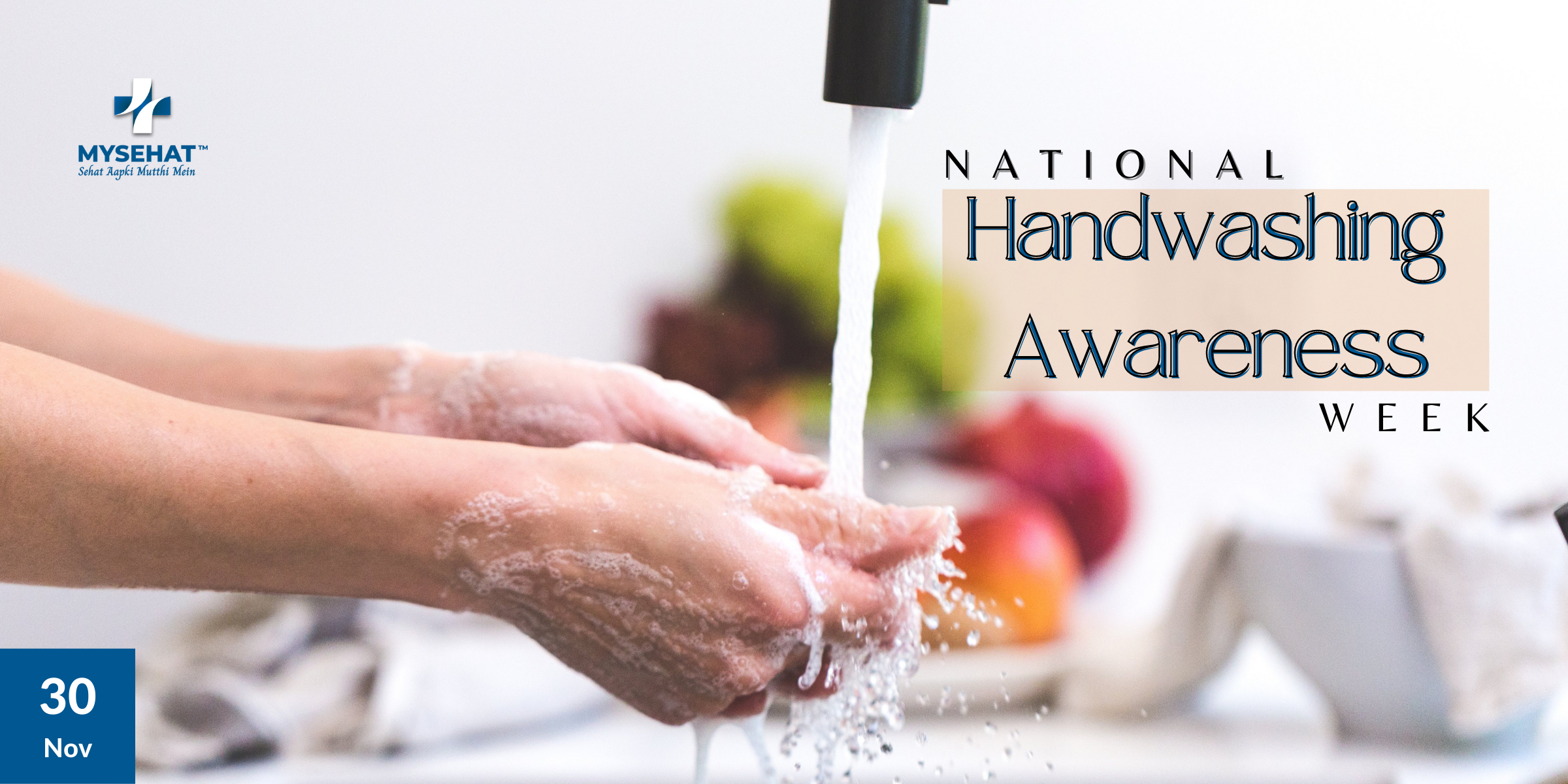Simply put, hand hygiene saves lives. Nurses have seen this firsthand. But it hasn’t always been the norm for healthcare settings. Introducing hand hygiene to medicine was a major revolution in healthcare. It was decades before the lifesaving practice of handwashing would be commonly accepted, but eventually, it was, and National Handwashing Awareness Week keeps the spotlight on the importance of this basic disease prevention method.
If you work in healthcare, you are no stranger to hand hygiene awareness. Nurses have to wash their hands countless times a day, every day. It’s a simple procedure, but an important one that stops the spread of diseases.
Everyone needs to know the basic details such as, when and what is the National Handwashing Awareness Week. What is hand hygiene? How Long Should You Wash Your Hands? How Often Should You Wash Your Hands? What to Look For in Hand Soap? Is Hand Sanitizer as Effective as Hand-Washing? Are Gloves Hygienic?
What is National Handwashing Awareness Week?
The goal of this annual event, National Handwashing Awareness, held in the first week of December, is to educate people about the importance of good hand hygiene and good handwashing techniques.
Do not confuse this with World Handwashing Day, October 15, which emphasizes the importance of washing hands with soap and water worldwide.
Handwashing awareness began in the 1840s when Hungarian physician Ignaz Semmelweis began collecting data from obstetrics and gynecology clinics. He noticed that the conditions in the ward where the doctors worked and the ward where the midwives worked were different. The difference is that doctors often performed autopsies in addition to other medical tasks and did not wash the body after processing it.
Instead, they carried germs from patient to patient. Midwives, on the other hand, did not perform an autopsy, so they were less likely to come into contact with what Semmelweis calls “corpse particles”. Semmelweis advised doctors to wash their hands to prevent the spread of these particles through the ward. Over the years we have known that hand washing reduces the spread of many germs and bacteria.
What is Hand Hygiene?
Simply put, good hand hygiene can help reduce infections if you thoroughly wash your hands with soap and water, or if you wash your hands with an alcohol-based, water-based hand sanitizer. Although hand hygiene was a few years before it became a standard practice worldwide, it quickly became an established lifesaving practice.
How Long Should You Wash Your Hands?
If you’re wondering how to properly wash your hands, a quick rinse won’t kill germs as effectively as a long, thorough scrub. So, when should you wash your hands? You should rub your hands for at least 20 seconds, about twice as long as you sing a happy birthday song.

Check Out the Steps to Proper Handwashing:
– Wet your hands with warm, clean water and apply soap.
– Lather the soap and rub your hands to create a lather.
– Lather the back of your hand between your fingers and under your nails.
– Rub your hands up to your elbows.
– Rinse your hands to remove soap and germs.Dry your hands and arms with a paper towel or, if possible, a dryer.
How Often Should You Wash Your Hands?
As a child, you may have been told to wash your hands before eating and after bathing. But it’s not the only time when good handwashing is necessary.
When to wash your hands:
- Before, during, and after food preparation.
- The Before and after patient care.
- Before and after treating cuts or wounds.
- After changing a diaper or cleaning a child or other adult who has used the toilet.
- Always, After blowing your nose, coughing, or sneezing.
- Touching animals, animal feed, or animal droppings.
- After touching the garbage.
- If you’re not sure if you should wash your hands… you’ll have to go and wash!
What to Look For in Hand Soap?
Soap and water are needed for effective hand washing. Most commercial soaps work pretty well. The basic chemical structure of soap is responsible for its effect. So if you add a nice scent or color, you won’t get a cleaner. There is no antibacterial soap that the FDA opposed in 2016. Therefore, when it comes to hand washing, use regular soap and use it well. Most of the effects of this revolutionary practice come from your good habits and diligence.

– If you do not have soap and water on your hands, there are other ways to disinfect your hands.
– Squeeze a small amount of 60% alcohol-based hand sanitizer (recommended by the CDC) and rub it between your hands and fingers to kill most germs.
– Experts agree that hand sanitizer is not a good alternative and should only be used when soap and water are not available.
Are Gloves Hygienic?
While gloves do not provide complete protection for healthcare professionals, they significantly reduce contamination between providers and patients and the spread of micro-organisms in the environment.
The World Health Organization (WHO) provides the following guidelines for the safe use of gloves:
When wearing gloves:
- Before the sterilization procedure.
- Contact with blood or other body fluids is expected regardless of sterility, including contact with intact skin and mucous membranes.
- Contact the patient (and the patient’s surroundings) during contact precautions.
When not to wear gloves:
- As soon as the glove is damaged (or when doubts about its integrity arise).
- Contact with blood, other body fluids, and intact skin and mucous membranes occurred and ended.
- End of contact with a patient and his/her environment or an infected body part of the patient’s body.
- If there are any indications for hand hygiene.
- Gloves are not a substitute for handwashing.







Waylon Laubersheimer
Greetings! Very helpful advice within this post! It is the little changes that produce the largest changes. Thanks for sharing!
incest sex
Really enjoyed this post.Really thank you! Keep writing. makaberzux
incestporn.vip
Really enjoyed this post.Really thank you! Keep writing. makaberzux